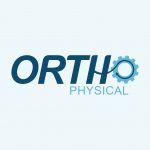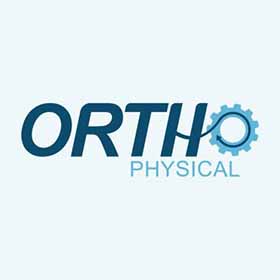
Jorleeds medical is a company based in Leeds, UK that specialises in developing IT solutions for the medical sector. Our aim is to develop applications that facilitate clinicians in delivering care to patients, and to enhance patient experience. Founded in 2015, the first project resulted in the development of a mobile application to monitor knee function.
The company was founded as a result of a collaboration between three Orthopaedic Surgeons from Leeds, Yorkshire, UK, headed by Mr. Joseph Aderinto, and the Adnani group, an investment company based in Jordan with over 40 years of experience working in various fields including the IT sector.
Mr. Joseph Aderinto is a consultant orthopaedic surgeon who works for Leeds Teaching Hospitals NHS Trust and is a specialist in Hip and Knee joint replacement.








